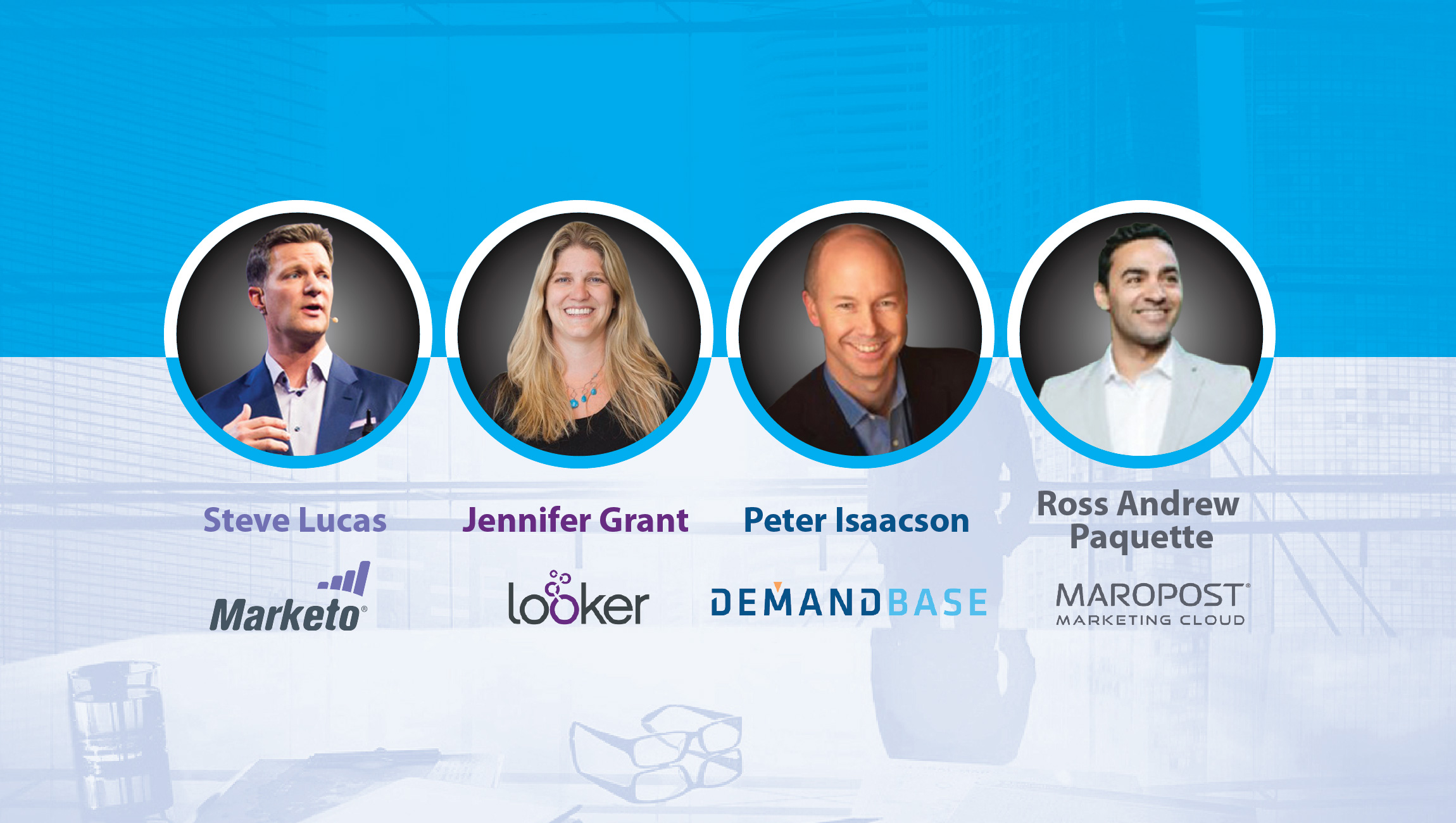Learning How To Use Influencer Marketing in Your Business From The Best in The Business. An MTS Guide
‘Take Control Of How People Feel About You’

Steve Ellis – Founder and CEO, WHOSAY: In today’s mobile-first world, every single connection and transaction is one-to-one – whether you’re a dating service, selling to consumers, or selling to businesses. You need to take control of how people feel about you and your services via your communication and marketing. Influencer content will continue to play an important role in this, by helping to cut through the clutter on a small screen and by making better ads to ensure people understand and like your offering.
‘Influencer Marketing Is Applicable To Both B2C And B2B’

Wendell Lansford – Co-Founder, Wyng: Influencer marketing is focused on identifying individuals that have influence over a target audience, and working with those influencers to get the brand’s story in front of potential buyers. Social selling is about salespeople using social media to learn about and interact with their prospects as part of the sales process. Influencer marketing is applicable to both B2C and B2B while social selling is more applicable to B2B. Both techniques can be additive, and the relative priority of one versus the other depends on the specifics of each business — target customer, marketing mix, sales team, influencer population, etc.
Read More: What You Need To Know About Video
‘Influencer Marketing Will Become Commonplace’

Matthew Myers – Founder and CEO at Tidal Labs: We have a wide array of influencers, we will generally accept anyone looking to join our pool (we have more than 650 K users to-date). We then segment and display only the ones who are involved, engaged and create high-quality content in a genuine way.
We quantitatively look at “engagement rates” (how many comments/likes someone gets on their post divided by their followers) and how they compare to their peers in a particular area. We also look at the attribution of an influencer. Were they referred from another successful member? Did they come to us from one of our publisher partners (like Epicurious or the Today Show)?
Our client partners assess influencers quantitatively, scoring influencers based on the look, feel and aesthetic of an influencer’s various content. Do they look “on-brand”? We use this manual scoring to help train our systems, but in the end, this subjective human eye analysis is hard to replicate.
I compare influencer marketing to mobile advertising twelve or so years ago. Marketers know it’s the way of the future, driven by consumer demand, but nobody quite knows how big it will get or what it will look like, so they are in the test and evaluate phase of adoption.
Influencer marketing is also similar to the slow-then-sudden growth of e-commerce. In the beginning, most retailers adopted a wait-and-see attitude. Over time, as it became clear that this would be an important channel, retailers converged on a universal set of standards, and now a retail strategy that doesn’t include e-commerce is considered to be incomplete. Likewise, we’re still in the slow period of influencer marketing. As more brands learn the value of influencers and understand common standards and practices, influencer marketing will become commonplace.
Also Read: Algorithmic Attribution Helps Marketers Develop Precise Reach Strategies
‘Start Being More Selective’

Gil Eyal – CEO, HYPR: Social analytics are hard to get. Many companies simply focus on selecting influencers by aesthetics, but that leads to some poor decisions. Imagine models with an audience of almost entirely men trying to promote beauty products online and influencers with a small US-based following promoting to US-based audiences.
One of the biggest challenges is getting real quality data. We collect our data from six different platforms and have direct partnerships with some of them. If you’re getting data that’s only based on Twitter audiences and running a campaign on Youtube, you’re not going to do well.
Additionally, today influencers have all the power. Brands are blinded by fear that influencers will work with their competitors, or promote a competing product to their audiences that they’re willing to pay them in advance and ignore any basic performance requirements and due diligence. When you realize there are thousands of twins for most influencers and that they are easily replaceable you have to start being more selective. Who really fits my brand and will really work with me?
‘57 Percent Of Consumers Follow An Online Blogger’

Tony Zito – CEO, Rakuten Marketing: Affiliate marketing has always been about empowering influencers and content creators. The rise of social media and other new content platforms have created so many new opportunities for influencers to have a voice and unique ways for consumers to find and interact with brands and products. From a recent survey we conducted, we found that 57 percent of consumers follow an online blogger or a social influencer and 88 percent of those who follow an influencer have made a purchase the influencer recommended.
We’re seeing the wide-reaching impact of influencer marketing in our own affiliate network, including a 51 percent increase in sales year-over-year. We know that influencers have a large role in introducing and reaching new consumers. Our data shows that, of all the touchpoints tied to an influencer, 53 percent are the first touchpoint. And they’re touchpoints that are driving traffic and interactions! Last year in Q4, 84 percent of the traffic driven by influencers was new visitors.
Recommended Read: A Multi-Step Plan to Combat App Install Fraud











